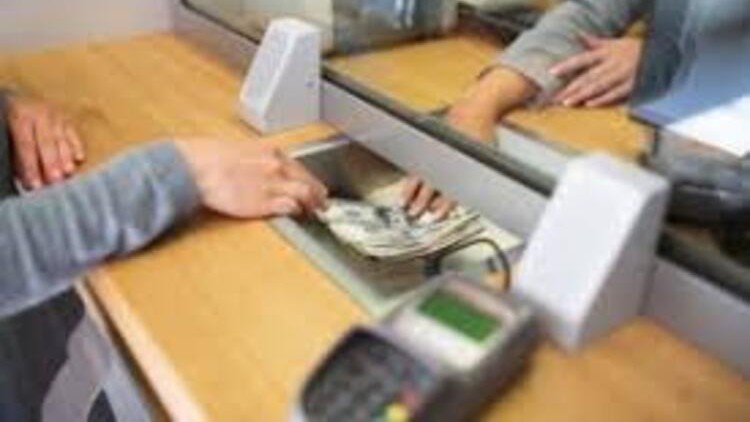
What you will learn
cards
Working mechanism of cards
Digital banking
Fintech
Description
A bank card is typically a plastic card issued by a bank to its clients that performs one or more of a number of services that relate to giving the client access to bank account.
Physically, a bank card will usually have the client’s name, the issuer’s name, and a unique card number printed on it.
It will have a magnetic strip on the back enabling various machines to read and access information. Depending on the issuing bank and the preferences of the client, this may allow the card to be used as an ATM card, enabling transactions at automatic teller machines; as debit card, linked to the client’s bank account and able to be used for making purchases at the point of sale.
Cards can be classified on the basis of their issuance, usage and payment by the card holder. There are four types of cards (a) debit, (b) credit, (c) prepaid, and (d) electronic.
Debit cards are issued by banks and are linked to a bank account. Credit cards are generally issued by banks and a couple of non-banks, but can also be issued by other approved entities. Prepaid cards are issued by banks / non-banks against the value paid in advance by the cardholder and stored in such cards which can be issued in the form of cards or wallets
A card can be swiped (Magnetic-Stripe card), dipped (Chip based card) or tapped (Contactless Near Field Communication {NFC} Card) at a PoS terminal.
This course discusses about the working mechanism of cards
Please go through the course thoroughly before purchasing
Content
Basics of cards
Working Mechanism of cards
PCI DSS
Charges associated with cards